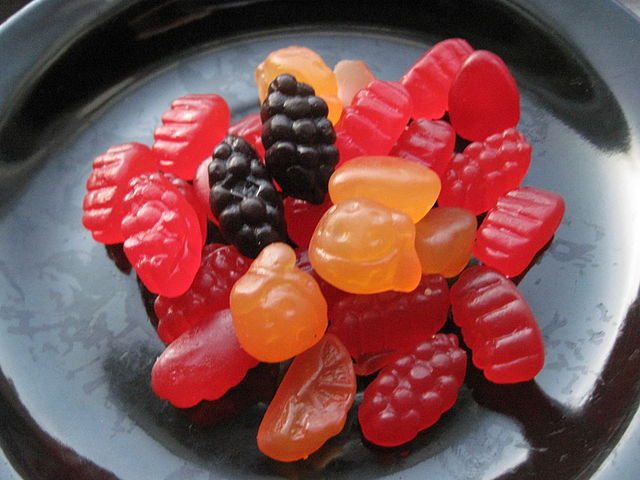Fruit_Winders
Fruit snack
A fruit-flavored gummy confection
A fruit snack is a type of gummy snack made with fruit flavoring and natural gelatin. They were first made by confectioner Louis Shalhoub in the 1970s as a lightweight high energy snack food for backpackers. Although they are marketed as a healthier alternative to regular gummy candies, this is sometimes considered false advertising, since they contain fruit flavoring instead of actual fruit (though some brands do use fruit juice or puree) and the high added sugar content, more comparable to a typical candy.
